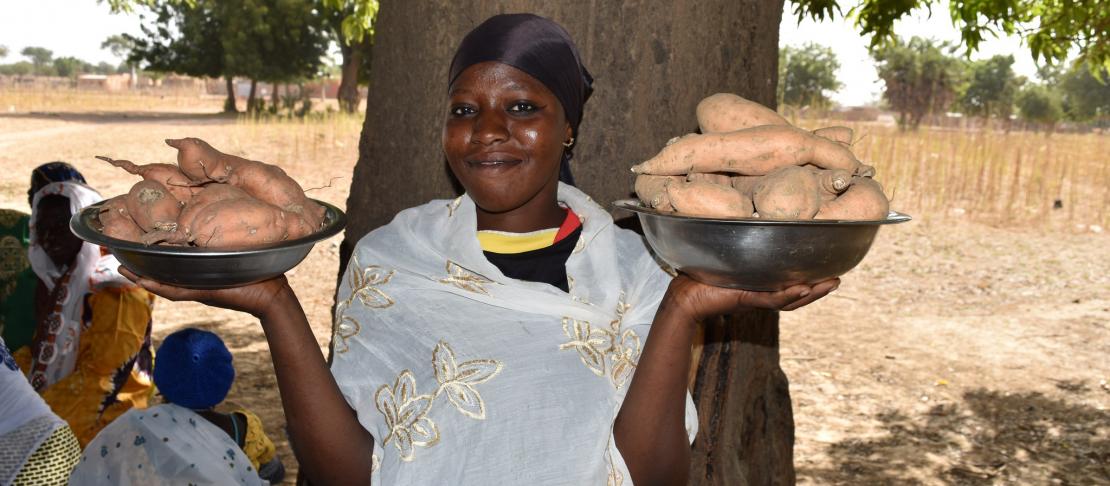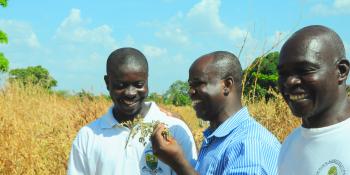Climate-smart breeding for roots, tubers and bananas

Grown through cuttings, not by seeds, these special crops require unique attention in the era of climate change.
Across the humid topics in sub-Saharan Africa and in specific parts of Latin America and Asia, staple crops like potato, sweet potato and cooking bananas are critical for food security and income. There have been major gains in improving production and value chains in recent years, but the effects of climate change might roll back this progress if more urgent action is not taken.
In a recent blog post on the website of the CGIAR Research Program on Roots, Tubers and Bananas (RTB), Amy Rogers Nazarov and David Dudenhoefer write about a recent paper published in Open Agriculture by the RTB research program. Entitled ‘Roots, Tubers and Bananas: Planning for Climate Resilience’, the paper highlights six steps needed for improving the breeding and dissemination of climate-smart varieties.
Over the last decade, 'the urgency has really increased,' notes Dr. Graham Thiele, Director of RTB and lead author of the paper. 'It’s being driven by the growing awareness of the reality of climate change, as well as a growing body of evidence about its potential impacts on agriculture, especially in some of the most vulnerable environments in Africa. Resilience is becoming much more center stage in our research planning.'
Thiele adds that while a gap remains between the sheer scope of the problem and investments into research needed to address it, there are many positive developments, such as more targeted climate-change models that will help researchers plan more effectively for a changing climate in the years ahead.
RTB is actively collaborating in this area with the CGIAR Research Program on Climate Change, Agriculture and Food Security (CCAFS). Dr Philip Thornton of CCAFS noted:
'Decision support tools are going to play a vital role helping to set priorities and targeting research and scaling of climate smart options.'
The paper, which is available online with open access, notes succinctly:
Climate-smart breeding means we need to do what we already do but faster, better, and smarter."
Read the full story by Amy Rogers Nazarov and David Dudenhoefer on the RTB blog: Six steps to speed up climate-smart breeding in roots, tubers and bananas
Laura Cramer is Science Officer in the Flagship on Priorities and Policies for Climate Smart Agriculture.
Interested in more updates like this? Subscribe to the Priorities and Policies for CSA quarterly newsletter by clicking here.



